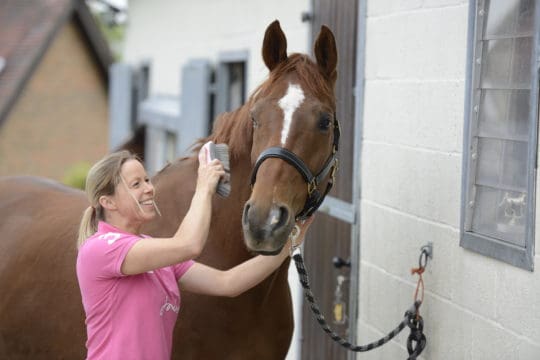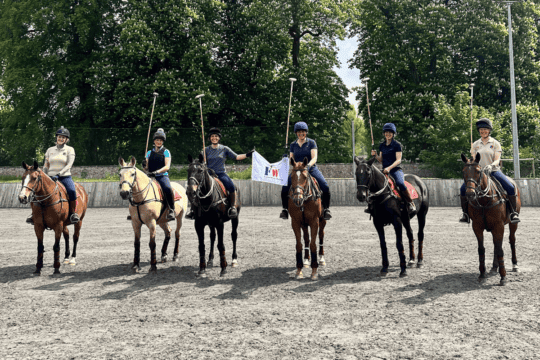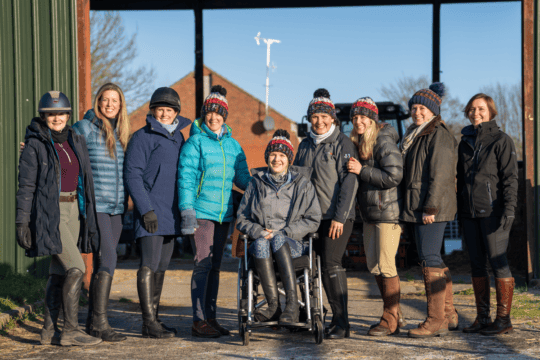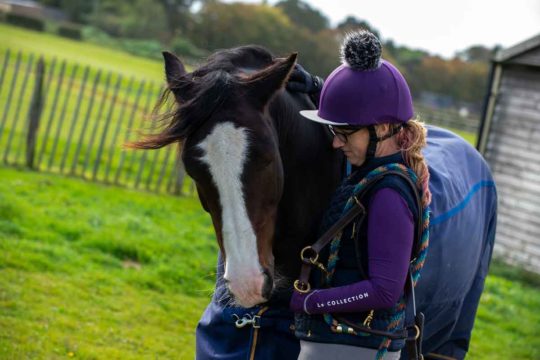
Most Read Articles
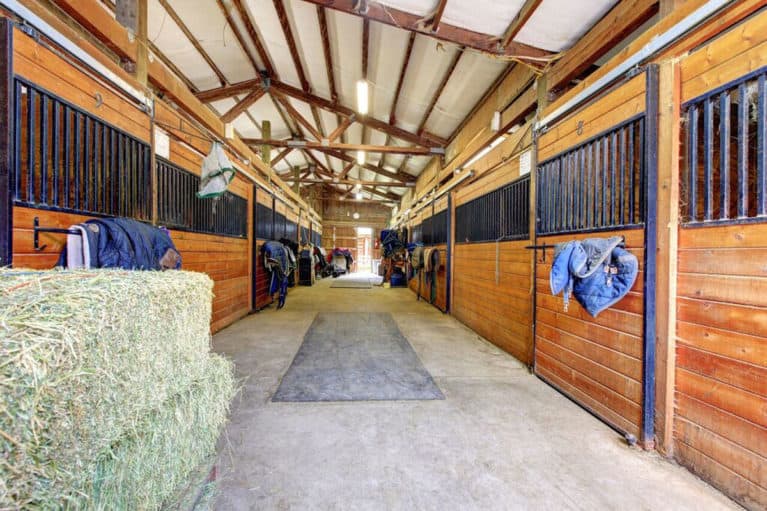
In an ideal world we’d keep our horses turned out as much as possible, but as daylight hours decrease, the ground becomes poached and gateways get muddy, your horse may have to spend more time in his stable.
When your horse is used to spending the majority of his time outside, stabling can be a shock to his system. It’s important to make sure his stable environment is as natural as possible in order to mimic being outside in the fresh air. This means making sure he’s got access to plenty of forage, and ensuring the air quality is clean and free from dust. The main sources of respirable dust are from forage, hay and haylage, as well as bedding.
Stable dust is comprised of many particles, however, it’s the respirable dust that cause the most significant problems. First, when they’re this small, they hang around in the air for a long time. Second, they have a 50% chance of being inhaled deep inside the lungs and causing airway inflammation, which could then develop into respiratory disorders including inflammatory airway disease (IAD) and severe equine asthma (SEA) also known as COPD, broken wind or heaves.
Ventilation is key for top air quality, and the optimum is five changes of air per hour. All stable designs are different, but to help improve air flow make sure all your air vents are clear, windows are open and have a look to see if there are any adaptations you can make to the design to improve ventilation.
Bedding, of various levels depending on type, contributes to a lot of dust in your stable. Installing Comfortstall, a sealed, padded, rubber flooring system, allows you to use considerably less bedding (50-75%) which contributes less dust to the stable.
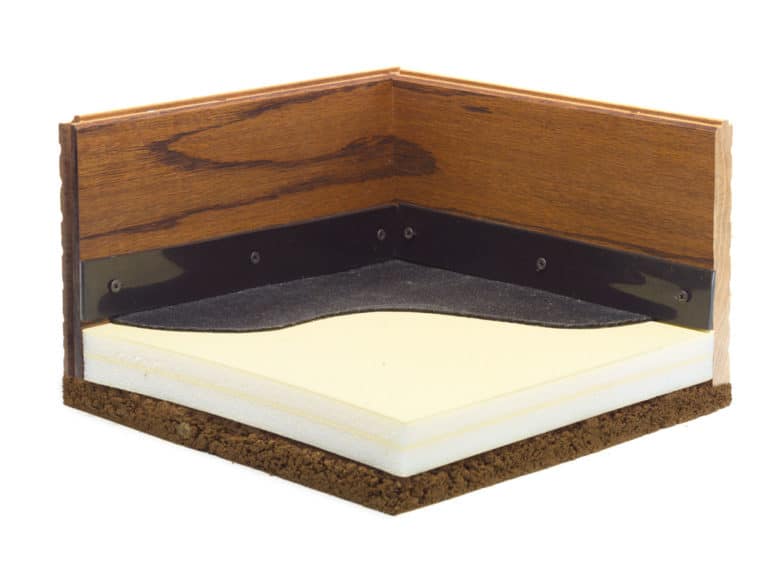
Dry hay can generate 932,090 airborne respirable dust (ARD) particles per litre of air. The average horse inhales 5 litres of air at a time, so your horse could be inhaling 4.6 million ARD particles in every breath while his nose is in the hay. Although haylage is lower in ARD than dry hay, it can still contain 4500–8800 ARD per litre of air.
Soaking hay and haylage is the traditional way to reduce the dust. While it does make the dust less airborne, it can also be counter-productive, as soaking removes nutrients, increases bacteria, produces a polluting post-soak liquor, uses vast amounts of water, and is messy and laborious.
To minimize exposure to the dust from forage effectively, both and hay and haylage can be steamed at high temperatures. Haygain hay steamers are scientifically proven to reduce respirable dust by up to 99% and kill bacteria, mould and fungal spores using a unique and patented method.
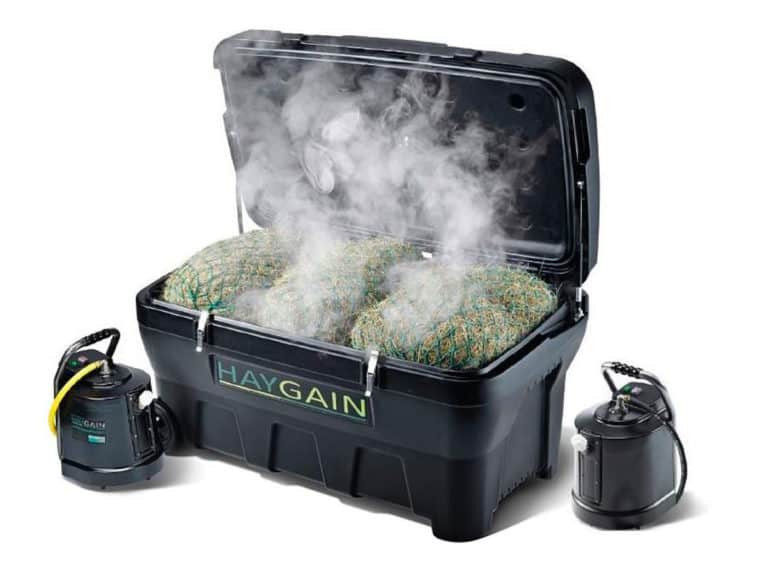
For more information please visit haygain.co.uk

